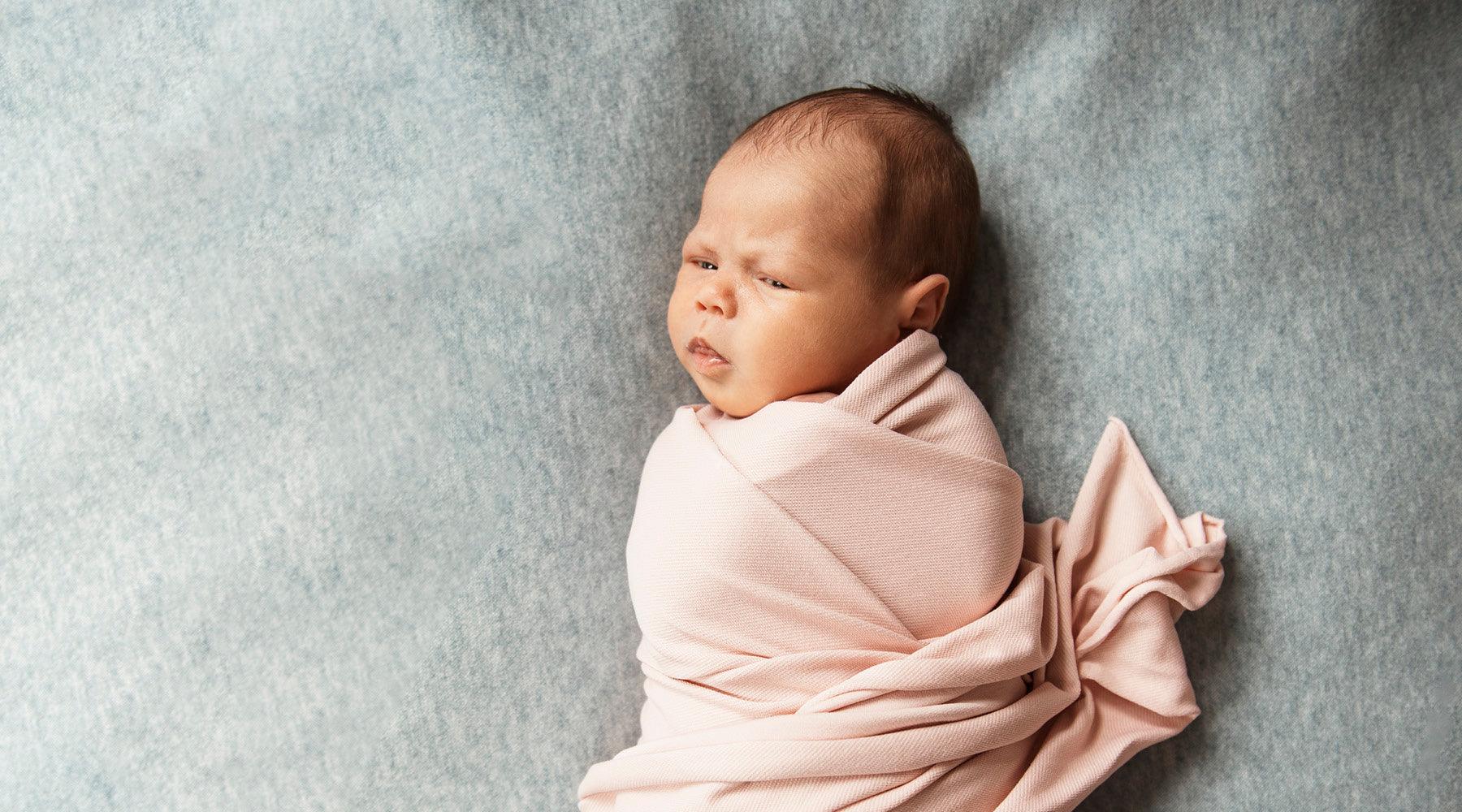When thinking of an image of a newborn, we often think of a baby wrapped snuggly in a swaddle or 'burrito' baby, which most new parents call it. Swaddling has been a prevalent practice for a long time and it is for all good reasons, including:
- making babies feel more secure and calm as it resembles the womb
- helping babies sleep longer by limiting startle response
- helping babies maintain their body temperature
However, there are also downsides to swaddling that parents should know. Some of the risks of swaddling are:
- overheating — swaddling may keep them warm and snug, but it should not be too warm. Do a quick check by placing a hand on your baby's chest underneath wrappings or clothes to feel if your little one is too warm. Overheating is one of the factors for SIDS (Sudden Infant Death Syndrome).
- suffocation or choking — babies are getting mobile by 2-4 weeks and some newborns will fight to break free of the swaddle even within a few days of birth. An undone blanket or sleepsack may result in tangling around the baby's neck and cause choking hazards or covering the baby's face and mouth and blocking the airway.
- hip dysplasia — swaddling a baby so tightly that the hips cannot move can increase the risks of hip dysplasia, where the top of the thigh bone is not seated well in the socket of the hip. Hence, every time you swaddle your baby, ensure that their hips are able to move in all directions to promote healthy hip joint development.
While swaddling can be very helpful in the early days of your baby's life, it should stop as soon as your little one is showing signs of trying to roll over. Some infants start working on rolling over as early as 2 months of age, but every baby is different.
Here are some pretty swaddles that you can find on our site.
![Purflo: Swaddle To Sleep Bag Lightweight 0.5 Tog (Storybook Nutmeg) [0-4M]](https://www.babydash.com.my/media/catalog/product/cache/613804b37360ac30b50ecdc9ac4bce53/p/u/purflo_swaddle_to_sleep_bag_lightweight_0.5_tog_storybook_nutmeg_0-4m_-_1.jpg)


Earth Bebe Baby Muslin Cotton Blanket
![Angeliz Baby: Twin Bunny Swaddle Wooden Set [3-9] (6Pcs)](https://www.babydash.com.my/media/catalog/product/cache/613804b37360ac30b50ecdc9ac4bce53/a/n/angeliz_baby_twin_bunny_swaddle_wooden_set_1.jpg)
















